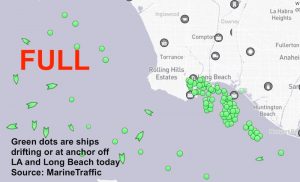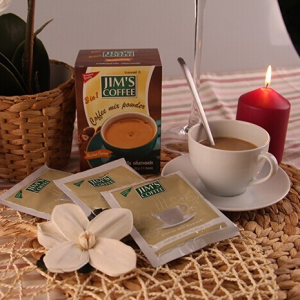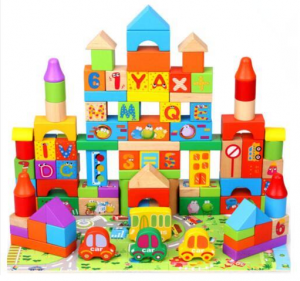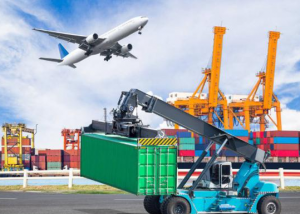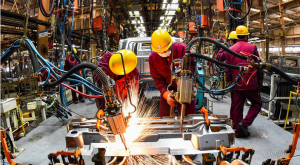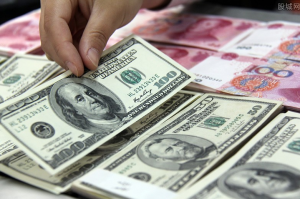
China is the largest export market in Asia.
Although the external environment facing China’s foreign trade development in the future is still severe and the factors of instability and uncertainty increase,
Chinese products are highly competitive and have the ability to quickly turn around
Market diversification has achieved remarkable results, and exports to the EU and countries and regions along the “Belt and Road” will continue to grow steadily
Stable foreign trade policy is continuously released
A moderate depreciation of the name currency will help ease export pressure to a certain extent.
From a general perspective, with the gradual normalization of the new COVID-19 epidemic in the future, global trade demand will further heat up, and the external market will drive a strong economic recovery in China.
Here are some basic steps to start the business in China.
1) Select the suppliers
Define what kind of suppliers you want to cooperate, e.g. OEM, ODM, or JDM. The suppliers can be searched from international platform, e.g. Alibaba, Amazon, Shopify, or trade shows, etc.
make a supplier audit to understand the situation of the supplier about the capability, scale, QMS, Social accountability, etc., and verify if it is a real and reliable manufacturer. (KFQ can help on this)
2) Sign the agreement
Sign the contract how to cooperate, specify the responsibilities, and protect the interests for both parties, e.g. IP.
3) Negotiate and make the contract/PI
Search/design the products you are interested, confirm the quotation, and sign on the Proforma Invoice.
4) Review the samples and make down-payment
To play safe, ask the supplier to make post production samples, evaluate the function, safety and salability, and then make the down-payment for the commencement of the production.
5) Control the quality at various productions stages
Perform inspections at different production stages, e.g. Initial production, During production, or Pre-shipment, to ensure the goods produced meet your requirements and delivery on-time. (KFQ can help on this)
Supervise the container loading to ensure right goods are stuffed into the container. (KFQ can help on this)
6) Make the balance payment per payment terms
If you are satisfied with the goods quality, release the shipment and make the balance payment per payment terms, e.g. PIA, LC, NET XX days, etc.
To maintain the sustainable good relationship, the importer and supplier should mutually support each other, and respect the contracts/agreements.



